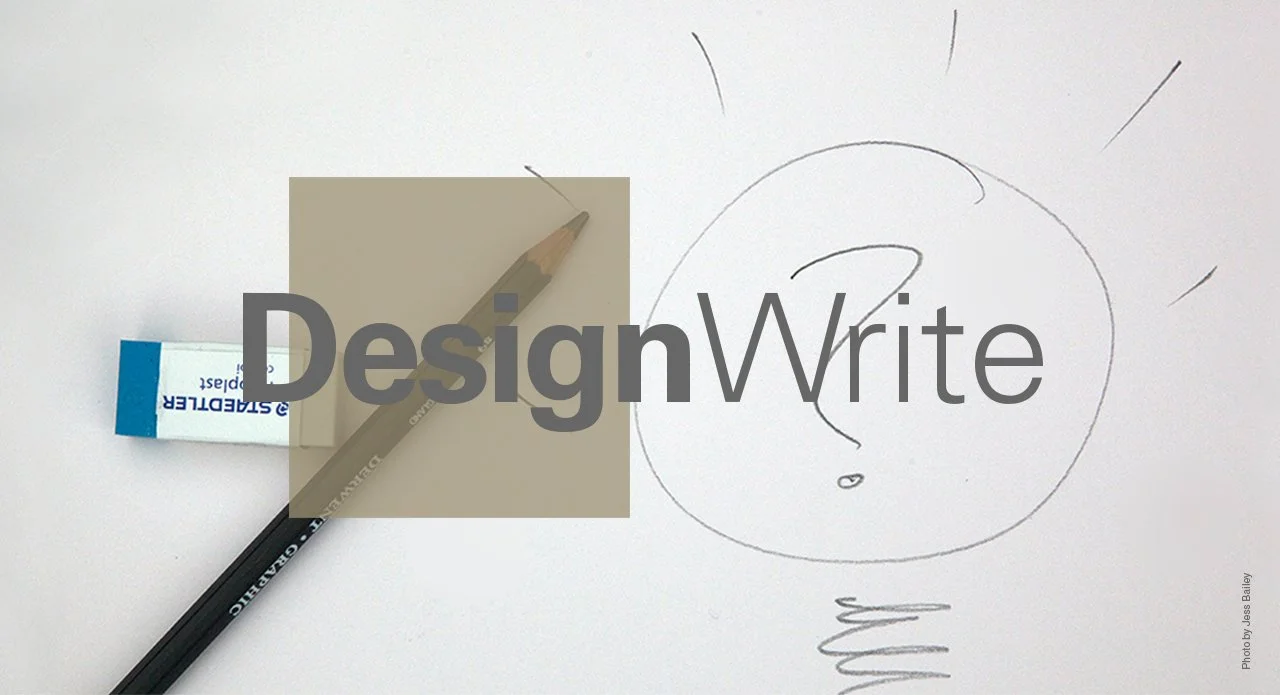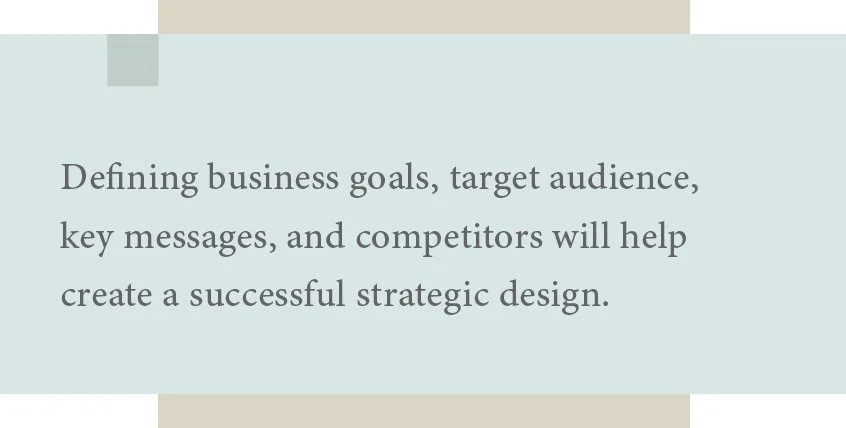Strategic Design for Brand Effectiveness
“DesignWrite” was created by Thomas Anstadt to explore design and business-related topics.
Desired Identity Outcomes
Have you ever considered what drives the remarkable success of companies like 3M, Walt Disney, and Target? One of the fundamental factors behind their achievements is the presence of a well-established and compelling brand. A strong brand is crucial for business success, serving as a differentiator in a crowded marketplace and ensuring instant recognition among consumers. For example, the iconic Target bullseye is immediately associated with the brand itself, showcasing the effectiveness of a memorable brand identity that has remained consistent over the years.
Building a successful brand identity requires careful consideration of several key elements. These include the business name and logo, color palette, typefaces, and supporting visual elements. Each component plays a vital role in creating an overall impression that resonates with the target audience. The process of selecting an appropriate name and visual elements can be daunting for marketing teams, as these choices can significantly impact the brand image and customer perception.
Strategic design focuses on integrating innovative design practices with a forward-thinking approach, ensuring that business offerings resonate well with anticipated changes in the marketplace.
To alleviate some of the pressure associated with developing a strong brand identity, partnering with an experienced external design firm can be an effective strategy. Such firms specialize in strategic design practices and can help businesses uncover their true brand essence. By utilizing market research, storytelling, and design principles, these professionals can create a cohesive and authentic brand identity that not only reflects the brand values but also engages customers on a deeper level. A collaborative design approach often results in a more robust and memorable brand that stands the test of time.
Identity Portrayal
Strategic design practices play a crucial role in providing businesses with a solid foundation for developing a consistent, memorable brand identity. Engaging an experienced design partner can be invaluable, as they employ a range of design tactics—such as competitive analysis, market research, and persona development—to gather insightful data. This information is essential for crafting a purposeful and effective set of visual branding elements that resonate with target audiences.
A pivotal phase in bringing a brand to life is the development of a logo that aligns with the brand personality and vision. An effective logo is more than just a graphic; it serves as a visual representation of the brand identity in the marketplace. The strategic design process should prioritize creating a logo that stands out against competitors, captures the essence of the brand, and is meaningful to all stakeholders involved.
By carefully considering these elements, you can create a strategic design that not only stands out but also effectively meets the needs of your business and target audience.
First impressions are vitally important in a fast-paced market, where consumers often make snap judgments. A well-designed logo can capture attention and convey the brand values at a glance, significantly influencing customer retention and overall business success. By investing in a thoughtful and strategic design process, brands can ensure their logo not only captures initial interest but also fosters loyalty and trust among consumers.
Tying it Together
Now that we have discussed the importance of a clear visual message, it is essential not to overlook what unifies a brand—the verbal message. From taglines and mission statements to brochures and advertising content, effective writing is crucial for communicating a clear brand message. Branding is what the audience absorbs, and if the message is unclear, they may misunderstand the brand and overlook it entirely.
For example, Target Corporation is the second most recognizable brand in the U.S. Its well-known brand statement is: Expect more. Pay less, delivers a clear message that addresses its customer needs, making it especially powerful. This effectiveness is rooted in persona research, which is a key element in the strategic design process.
Design research tactics are crucial for understanding user needs and behaviors. Methods may include user interviews, surveys, usability testing, and field studies, which provide both qualitative and quantitative data for informed design decisions.
Image: Brainstorming User Flow
With a basic understanding of this strategic design process, it becomes clear that various aspects of verbal messaging can derive from the insights gained through research tactics used during the development of its visual identity. Design firms often provide businesses with these tactical outcomes, and their marketing teams can use this information while crafting verbal messaging. Depending on the capabilities of the design firm, these outcomes can also be outsourced to another partner to develop a wide range of messaging, including mission and value statements, brand statements, and advertising copy.
In Conclusion
Partnering with an experienced and competent design firm is mutually beneficial. Designers who base their process on thoughtful design research act more as brand consultants rather than just providers of visual design elements. They actively collaborate with clients to identify and solve branding challenges. Rather than focusing solely on deliverables, strategic designers consider the broader business objectives and outcomes. By understanding their brand issues and addressing them strategically, they can achieve exceptional results.
Moreover, developing and implementing a cohesive set of strategic visuals alongside verbal elements or proposals is essential for marketing success. While not every company can reach the branding level of Target, recognizing the dual value of strategic design can set a business on the right path. This approach helps brands connect with a target market’s mindset through meaningful and well-executed branding materials that also reflect their brand values. By doing this, companies continuously grow their customer base and expand their market presence, resulting in a mutually beneficial outcome. –end
Please feel free to email Thomas with questions or suggestions about the posted articles. I would appreciate the input.
And please, comment, like and share!





